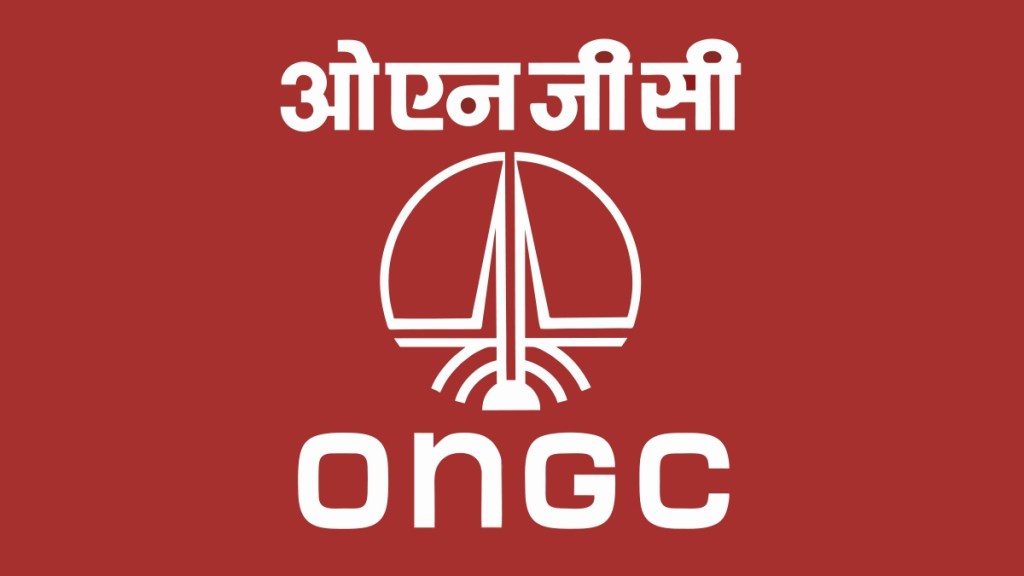Five days after a blowout at Oil and Natural Gas Corporation’s (ONGC) crude oil well in Assam’s Sivasagar district, the energy major said that it has deployed its most experienced Crisis Management Team (CMT) to contain the gas leakage at Well RDS#147. “The operation is being closely and continuously monitored by ONGC’s top management,” it said in a statement.
Following the incident, the company is working in close coordination with the District Administration and has undertaken the safe evacuation of affected families, ensuring secure shelters, food, clean drinking water, and essential daily supplies. Further, ONGC said that the company has established free round-the-clock medical camps staffed with doctors and equipped with essential medicines, as part of its comprehensive emergency response.
“ONGC is maintaining continuous communication with all stakeholders, including the district and police administrations, media, and local community leaders, to ensure transparency and swift action,” it said in a statement.
What happened?
On June 12 around 11:45 AM, the incident occurred at Well No. RDS#147 of Rig SKP 135, located at the Rudrasagar oil field in Barichuk, Bhatiapar, was undergoing a zone transfer. An unexpectedly high-pressure gas release led to the blowout. Gushes of gas were observed from the well.
In response to the gas leak, ONGC activated standard safety protocols. In a statement, the state-run energy major had informed that the site was promptly secured, and an emergency response team led by the Asset Manager had reached the location without delay. “We are relieved to report that no fire or injuries to any personnel have occurred, and the situation is now fully under control,” it had said.
Meanwhile, a detailed investigation has been initiated to ascertain the root cause of the incident.
An ONGC official had explained that the incident happened at an old crude oil well that wasn’t producing at the time. A maintenance job was underway to shift production to a new zone. “At the time of the incident, the logging perforation operation was going on. Suddenly gas started coming out in an uncontrolled manner immediately after the perforation, leading to the blowout,” the official had told PTI.
Meanwhile, Minister of Petroleum and Natural Gas, Hardeep Singh PuriHardeep Singh Puri, said that he reviewed and took an update on ‘well control’ activities being carried out by ONGC in Assam to control the gas leakage.
In a post on X (formerly Twitter), Hardeep Singh Puri said, “Reviewed and took update on well control activities being carried out by @ONGC_ in well RDS#147A in Sivasagar District of Assam. The gas flow has continued since the past 4 days due to the extraordinarily high pressure in the well. The local residents had been immediately evacuated on day 1 and are being provided with all the relief and assistance adequately. Competent personnel have been brought from other work centres of ONGC and very high capacity fire pumps, frack pumps, muds, etc are all working at the site to control the fire. High tech methods such as “junk pumping“ are also being deployed and ONGC officers are in constant touch with international overseas experts. A water blanket is continuously being maintained for cooling effect and to prevent fire.”
Approximately 1,500 people have been impacted by the incident, with 70 families relocated to relief camps, placing ONGC under considerable scrutiny. However, with air quality still within permissible limits and emergency measures actively underway, the company has found some respite amid the crisis. Earlier, the office of the Sivasagar District Commissioner, in a Facebook post, had said that the local PCBA unit has established machines at the blowout site to study the air quality and oversee other pollution levels.
To limit the release of harmful compounds into the air, water is being continuously pumped at high pressure from the nearby Dikhou River onto the rig area.
To conclude…the blowout not only underscores the inherent geological risks in oil and gas exploration but also puts a spotlight on ONGC’s crisis response capabilities. While the energy major immediately prioritised containment and safety, the incident may bring light to ONGC’s operational oversight, contractor management, and risk preparedness.
